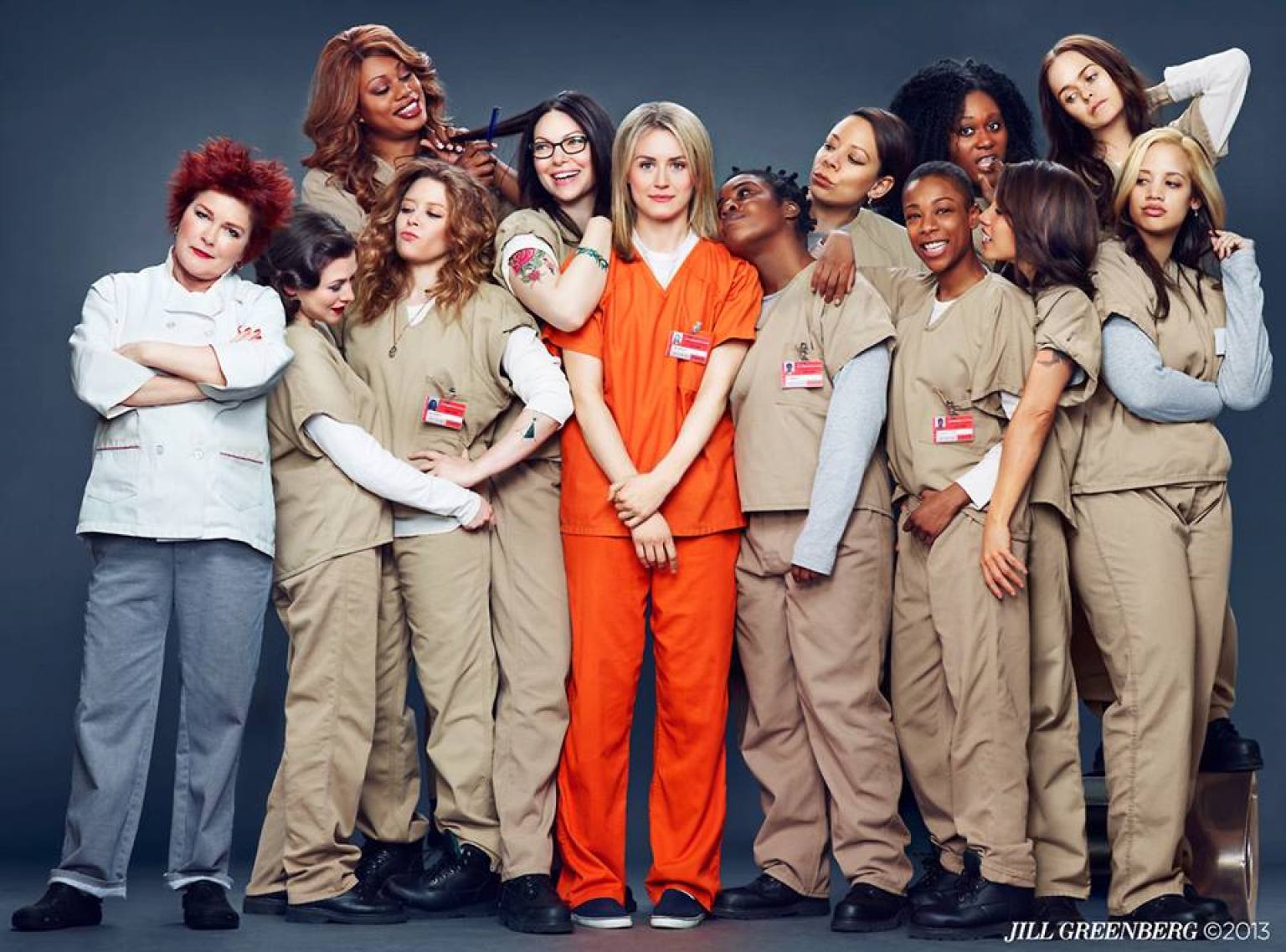This is a guest post by Mel Jones.
Last month, the Center For The Study of Women in Television & Film released some dismal numbers:
Women comprised 16 percent of all directors, executive producers, producers, writers, cinematographers, and editors working on the top 250 (domestic) grossing films of 2013. This figure represents a decrease of two percentage points from 2012.
In 2013, women accounted for 6 percent of (U.S.) directors. If foreign films in the top 250 are included, this figure increases to 8 percent. In other roles, women comprised 10 percent of writers, 15 percent of executive producers, 25 percent of producers, 17 percent of editors, and 3 percent of cinematographers.
However, there is always a silver lining: television. Television is producing some of the most innovative and diverse programming out there with bold storytelling, stellar characterizations, and tons of platforms for the audience’s viewing pleasure.
I’m convinced that I’m not the only one who acknowledges that television programming is now superior to most mainstream film. I’ve not done any studies on the topic, but it seems that most water cooler conversation centers on what happened on television the night before, or their Netflix binge weekend. Culturally we are moving toward gathering around the television to watch the season premiere of our favorite shows as an alternative to a night out at the cinema. And hell, I’ll venture to say that it’s due to the influence of women in the television industry. Of course it could be a crazy coincidence but I doubt it.
In 2012-13, women accounted for 28 percent of creators, executive producers, producers, directors, writers, editors, and directors of photography working on prime-time programs airing on the broadcast networks. This represents an increase of two percentage points from 2011-12 and a recent historical high. On screen, females comprised 43 percent of all speaking characters. This figure is even with the historical high set in 2007-08. However, many gender stereotypes remain. Female characters are younger than their male counterparts, and are less likely than males to be seen at work and actually working.
Last fall, The Week featured an excellent article that goes in depth about how women fare better in television (behind and in the scenes) than they do on film.
If you don’t believe that TV is giving film a run for its money, check out Netflix’s Orange Is The New Black. Coincidentally, the fish-out-of-water show about a middle class white woman finding herself in a female prison was created by a woman. And the ratings are off the charts. This is a prime example of how stories by women about women can have a deep impact.
Orange is the New Black isn’t the only female-led show and we’d be here forever if we went through them all. It, like all the others, is a shining examples that when woman are included in the creative process behind the scenes, the stories are richer and in my opinion, more sophisticated. They aren’t just told from one point of view. And although this all must be challenging for our male counterparts who haven’t been used to seeing us at the table, I’m sure they do not mind when the big bucks start rolling in.
Of course, film is still very valuable; as a filmmaker, it’s my livelihood. But it’s important to note, that if film is going to find its way back to the number one position in our collective consciousness, women are going to have to be major contributors behind the scenes. So until that happens, be on the look out for independent projects where women are at the helm. Scour your favorite crowd-funding sites like Seed&Spark for those projects that need your support. And in the meantime, when you need a quick fix, you know where to find it.
_________________________________
Mel Jones is a passionate independent content producer and storyteller. She’s a Howard University and AFI Alumn as well as a Film Independent project involve fellow. Mel’s works have been shown on PBS, UK Channel 4, and the US festival circuit. She is the producer of the short film Charlotte, which is currently funding on Seed & Spark. Charlotte is a drama about those moments of childhood that never leave us.


